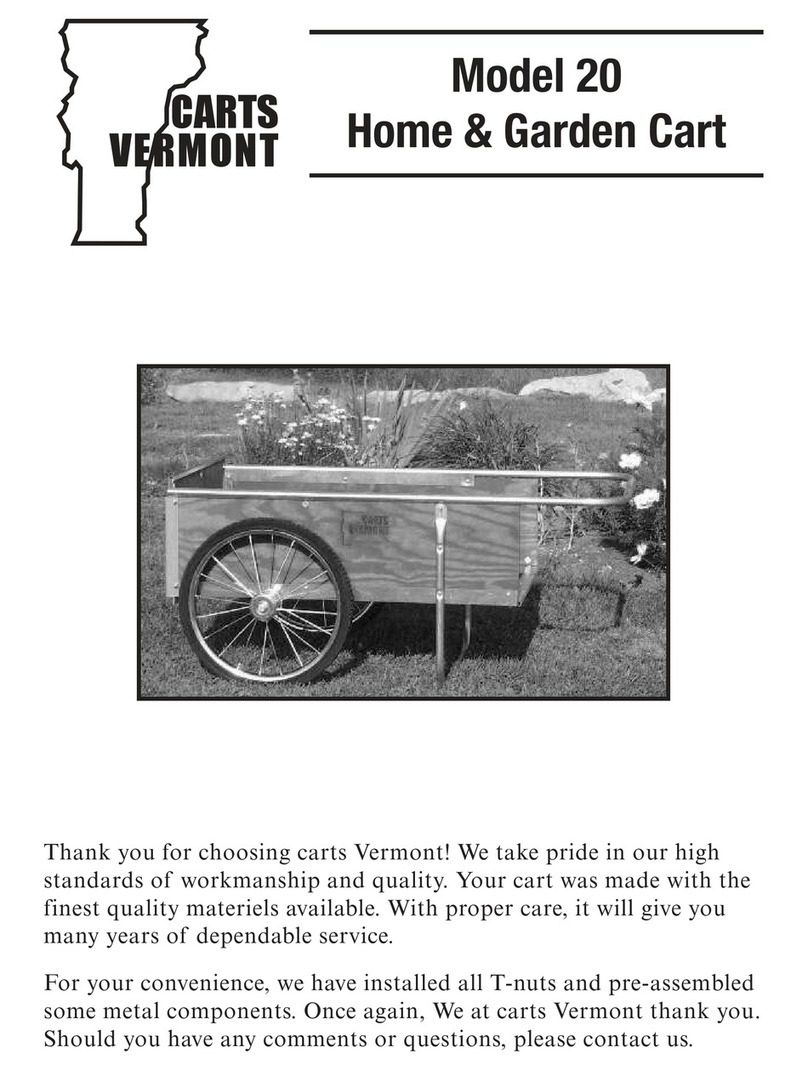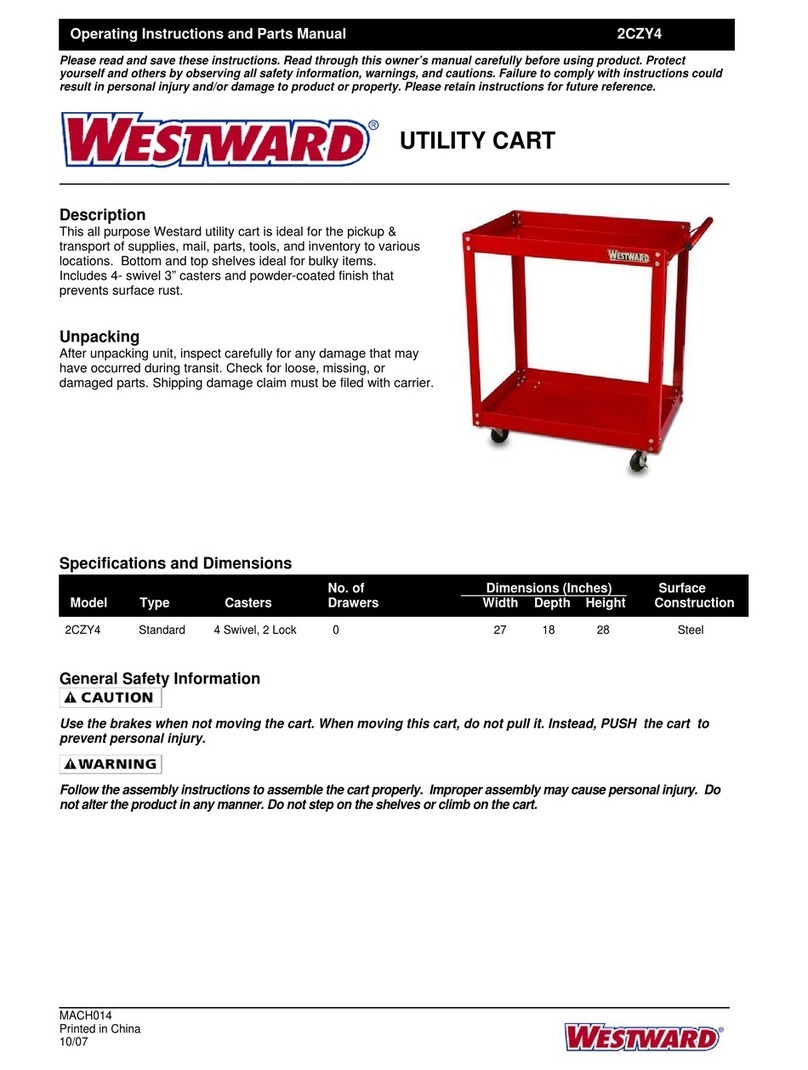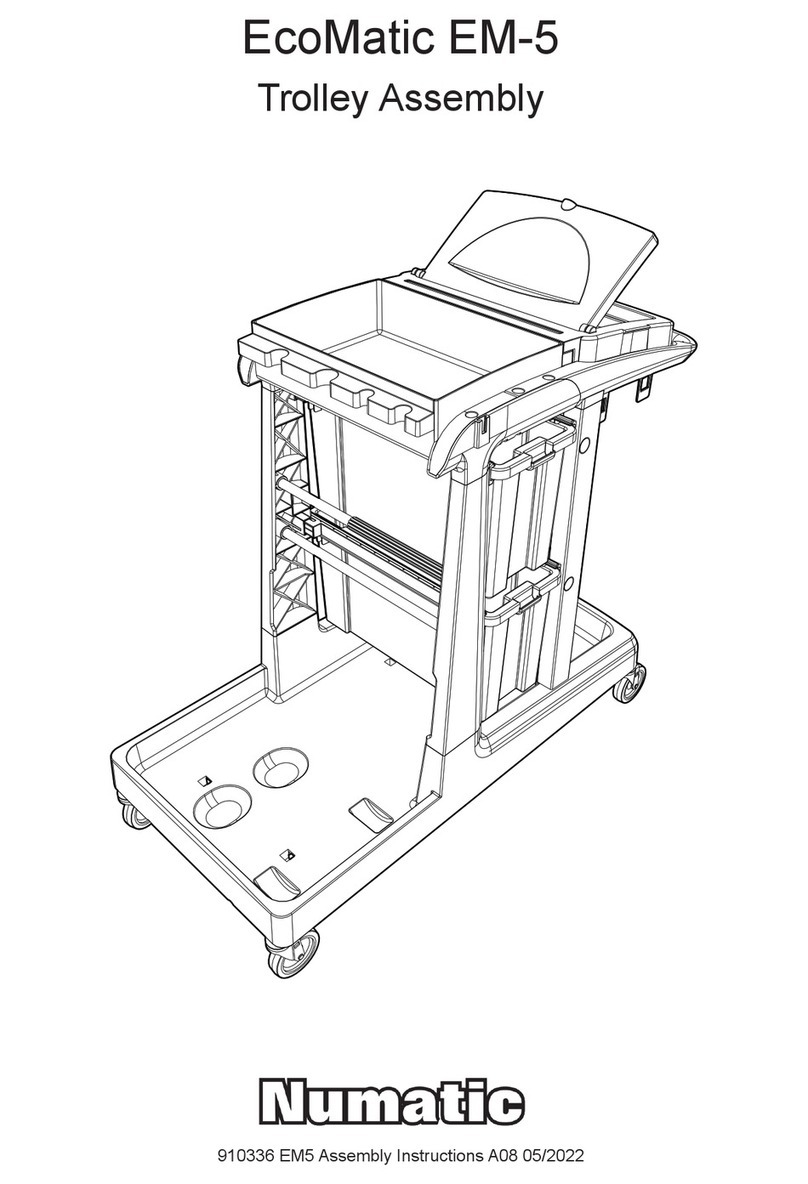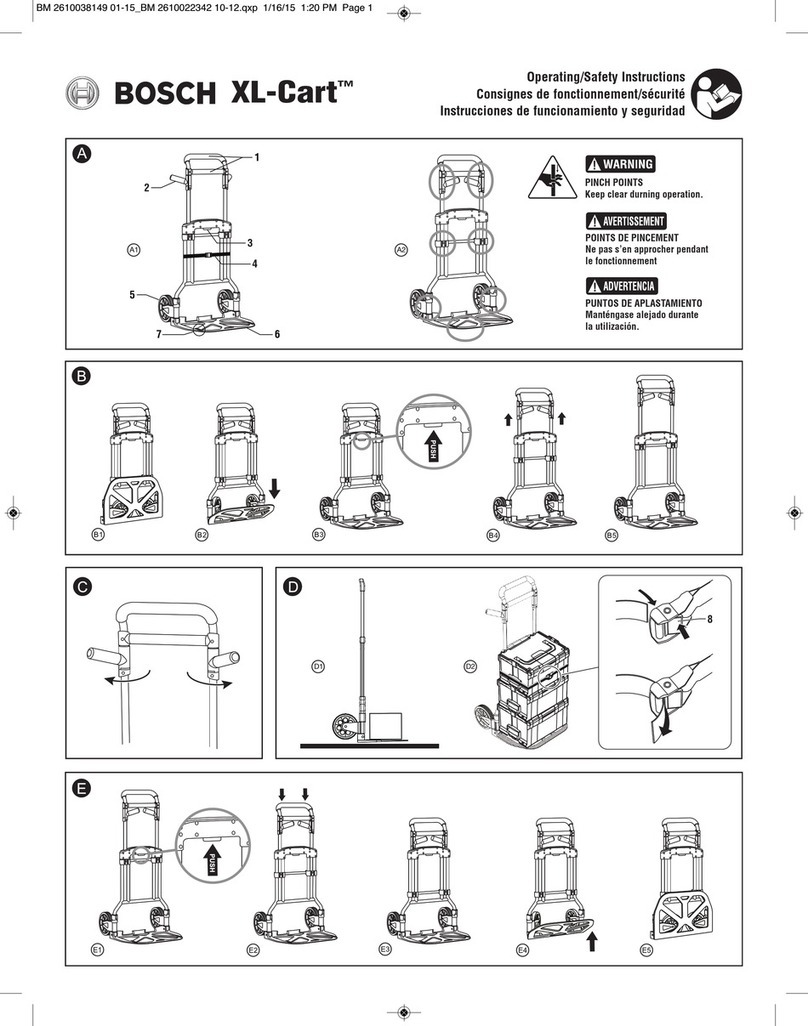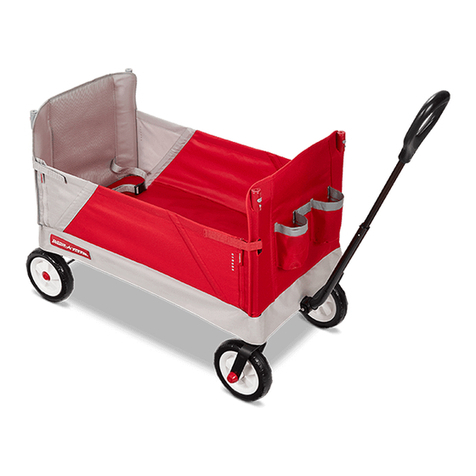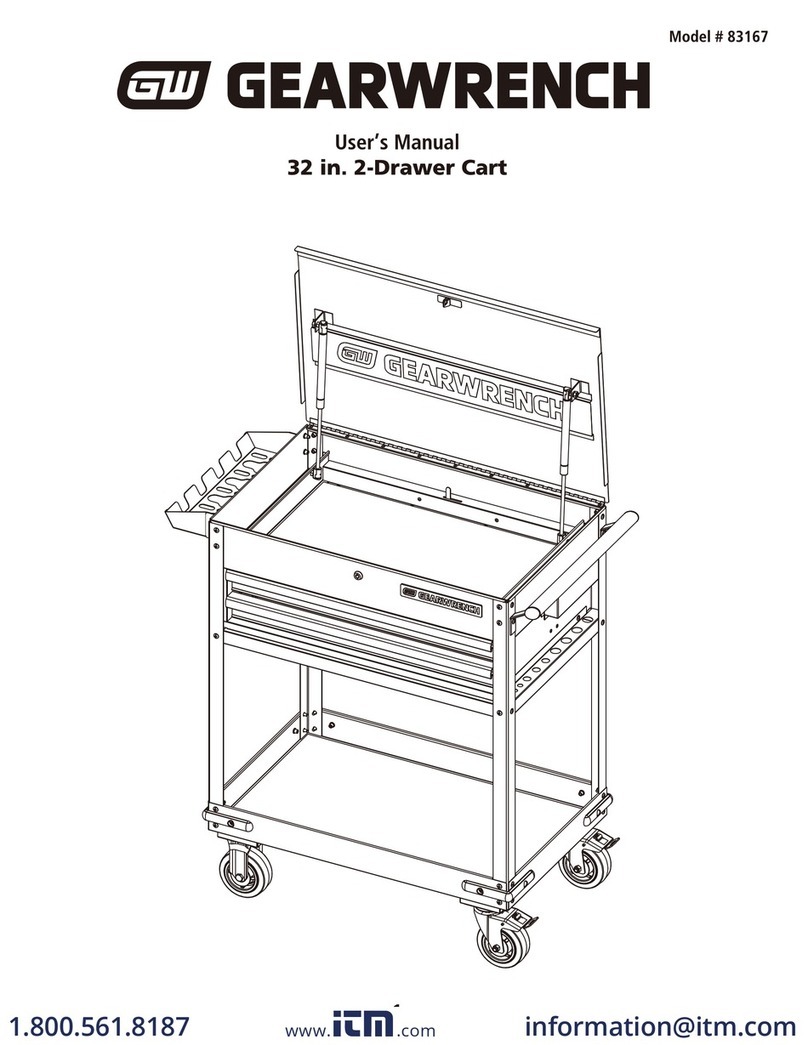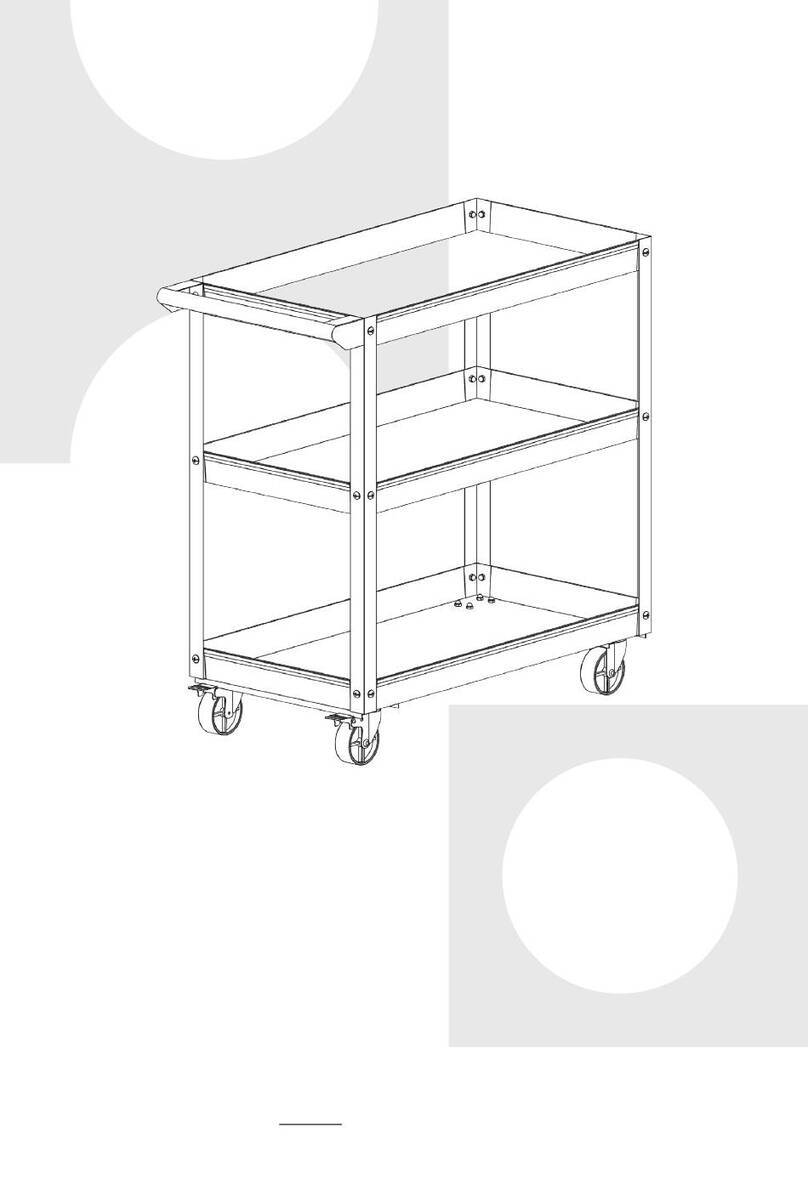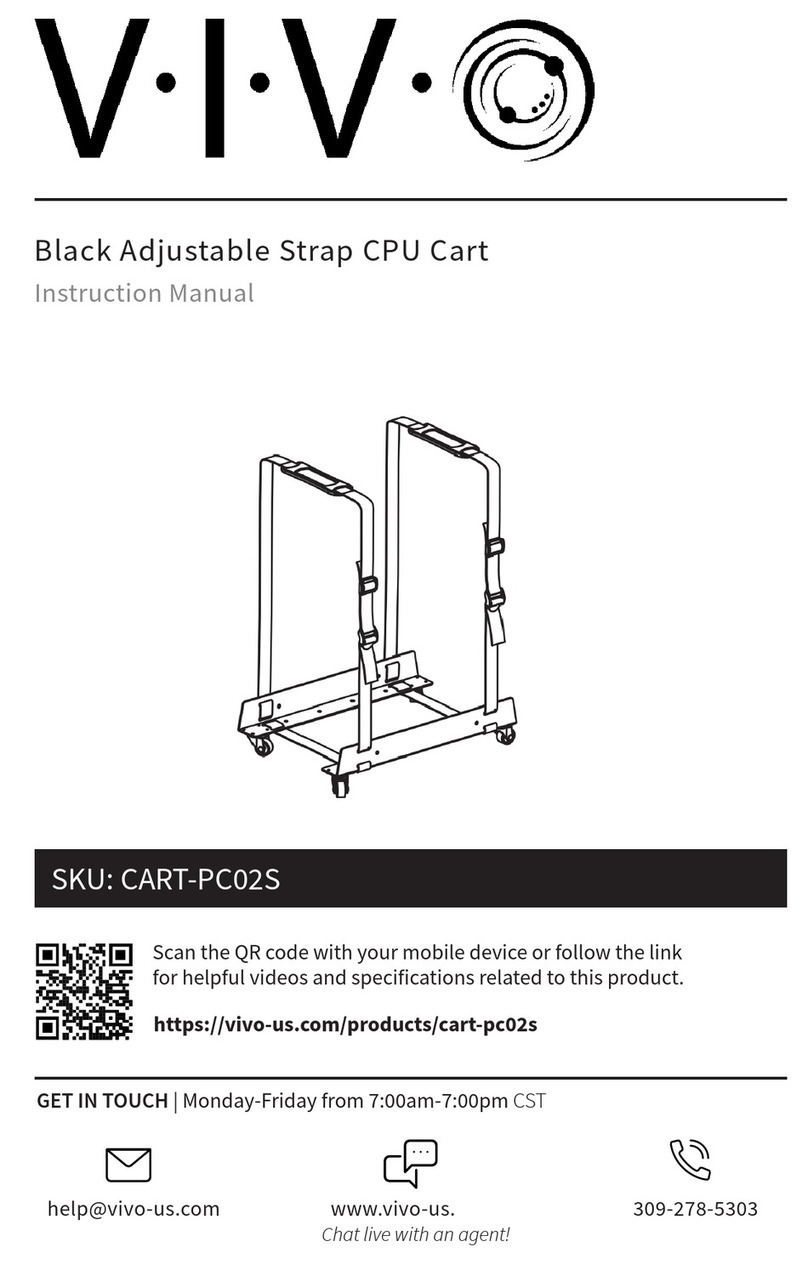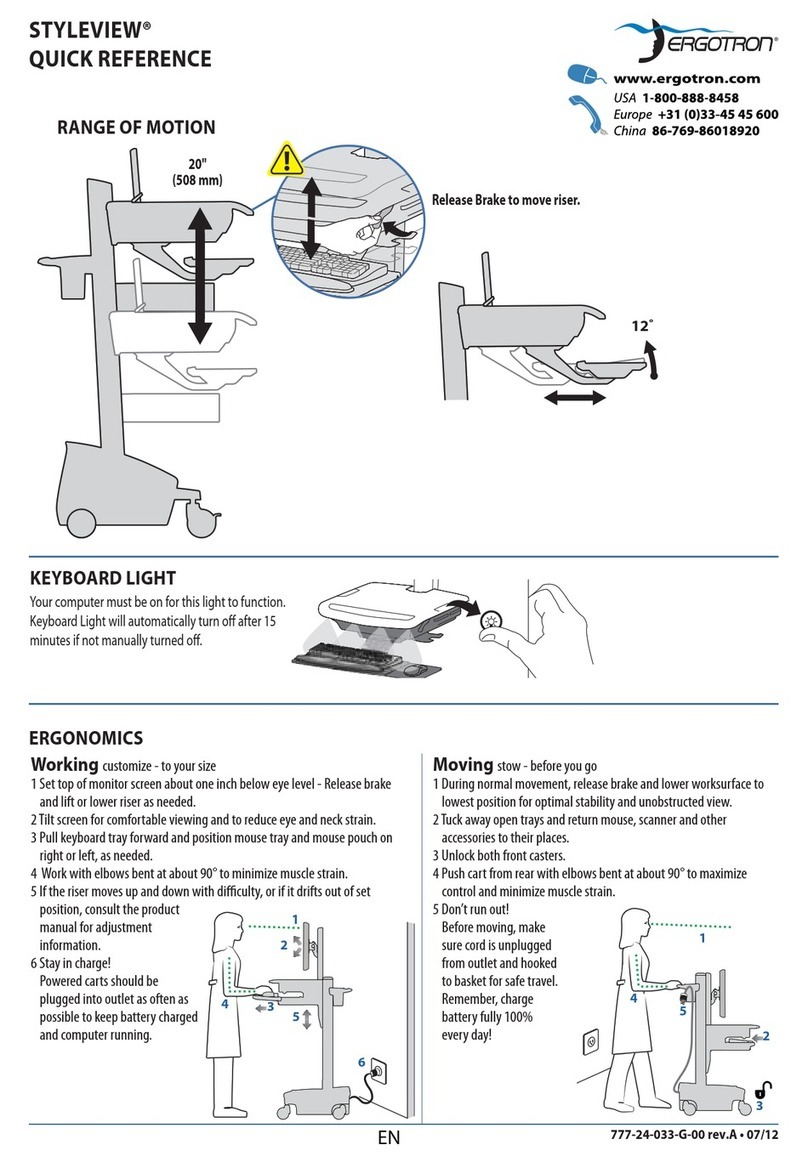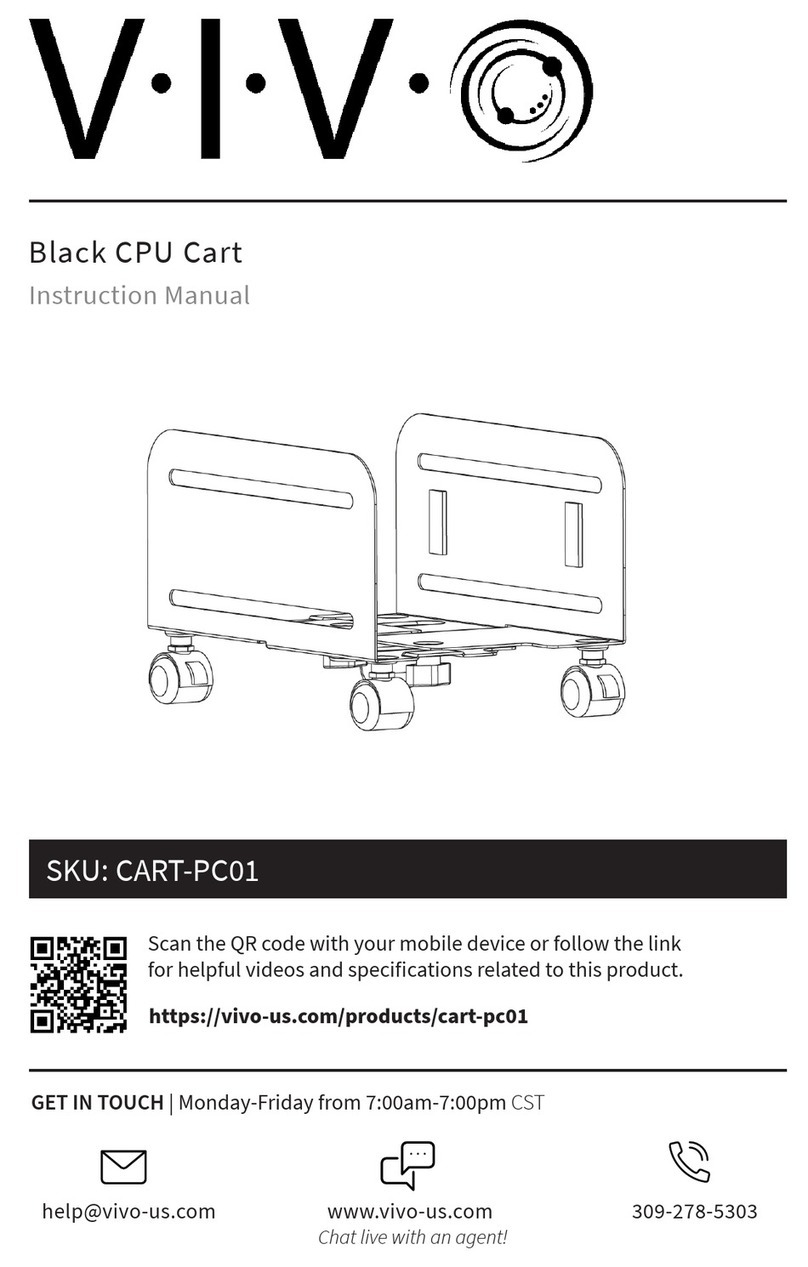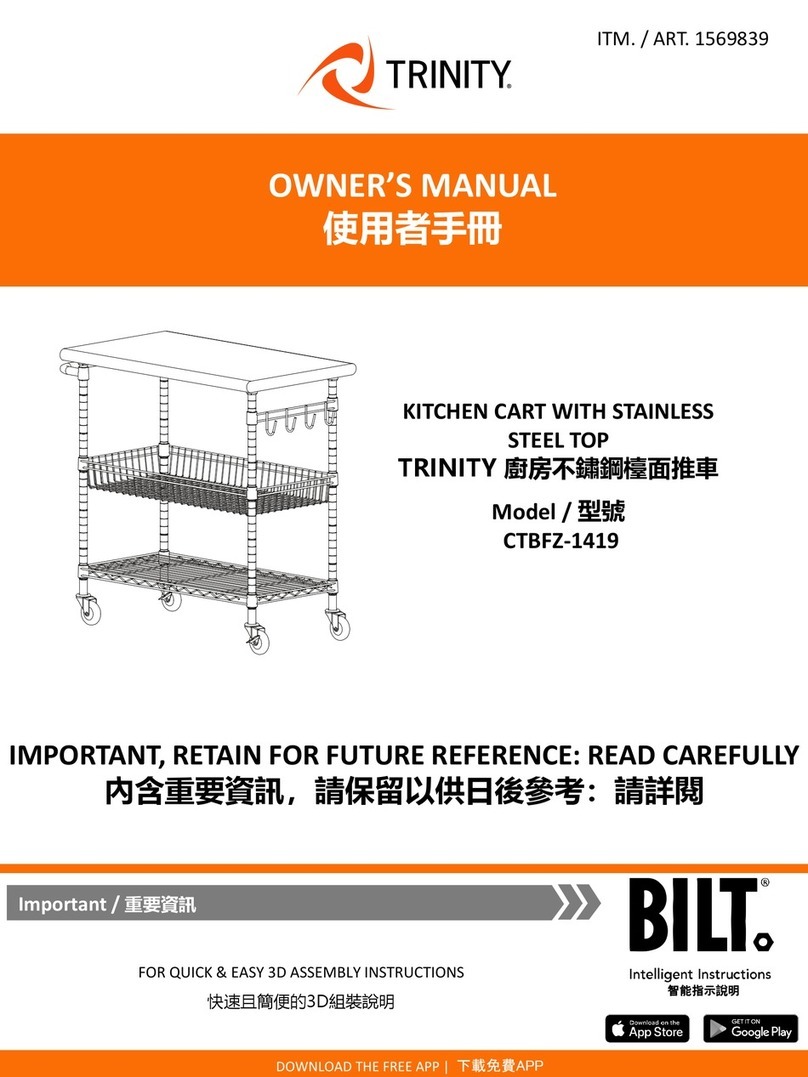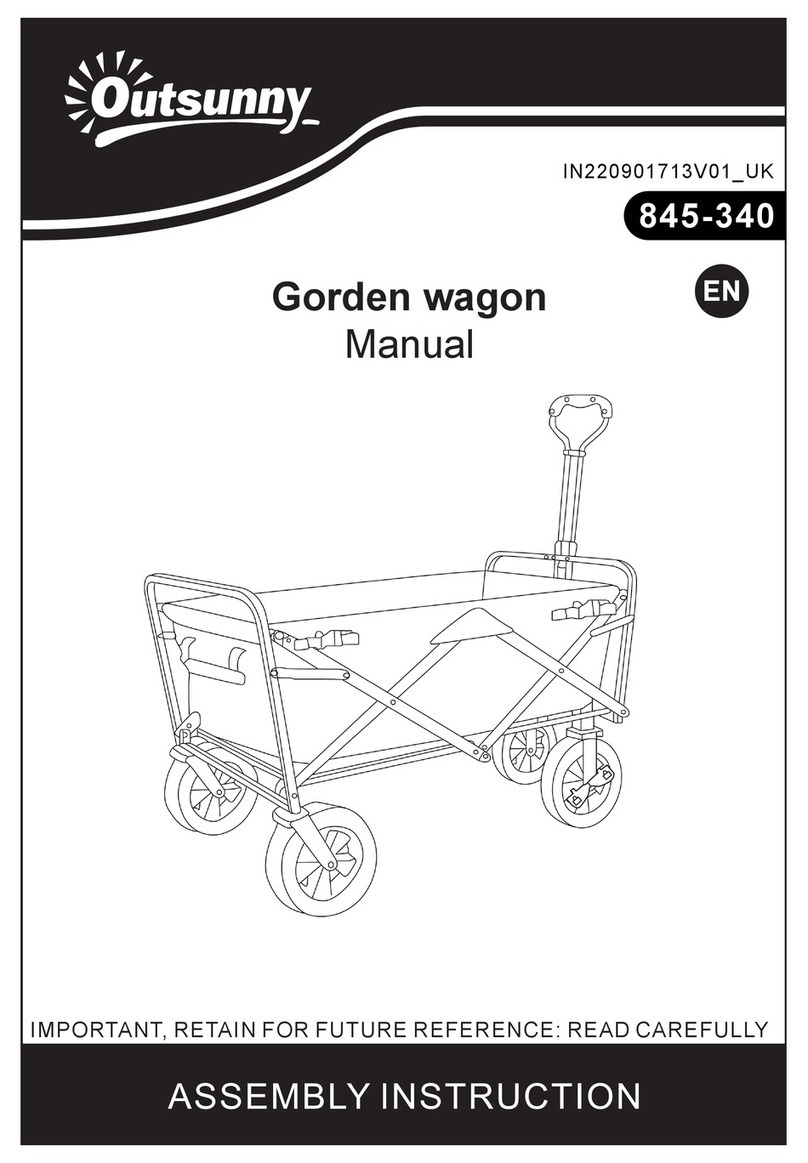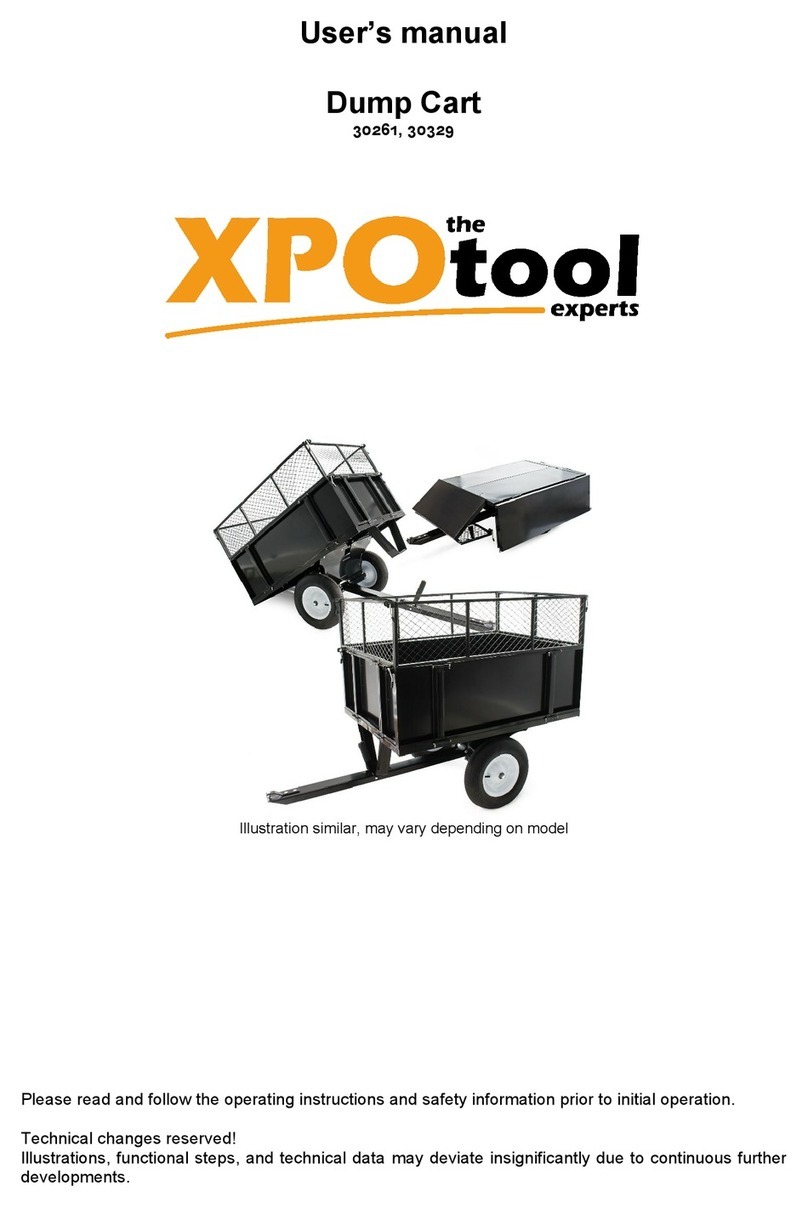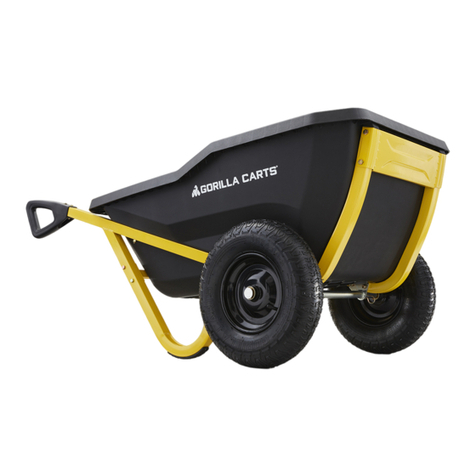
8
Getting Started
WARNING! Incorrect assembly, maintenance, or use of your Flyer™ eBike can cause
component failure, loss of control, serious injury, or death. Please note, the assembly and first fit
of your Flyer™ eBike require special tools and mechanical skills. It is highly recommended that the
assembly and adjustment are completed by a reputable bicycle mechanic when possible.
The following items are required for assembly:
• 5mm allen wrench (included)
• 8mm allen wrench (included)
The following items should be kept for maintenance:
• 2.5mm allen wrench (included)
• 3mm allen wrench (included)
• 4mm allen wrench (included)
Step 1: Unpack your bike
Note: Due to the size and weight of the bike, it is recommended that two adults remove
and lift the bike from the carton.
Remove the bike from the outer carton and set it on a flat, clean surface. Lean the bike
up against a rigid wall and make sure it is stable. Remove all protective packaging
material and carefully cut all zip-ties to avoid damaging the paint. Verify that you
have all of the components listed below. Contact Radio Flyer Customer Service if any
components are missing.
• Kickstand + Bolts & Washers
• Right Pedal + Washer
• Keys
• Charger
• Tool Kit
• 13mm/15mm open-ended wrench (included)
ASSEMBLY INSTRUCTIONS
The following steps provide a general overview of the assembly
process for your eBike. It is recommended to consult a
professional bicycle mechanic for assistance with your eBike’s
assembly, maintenance, and repair.
Visit flyer.radioflyer.com or contact customerservice@
radioflyer.com for additional assistance assembling, using,
repairing or maintaining your eBike.
• 6mm allen wrench (included)
• Philips head screwdriver
